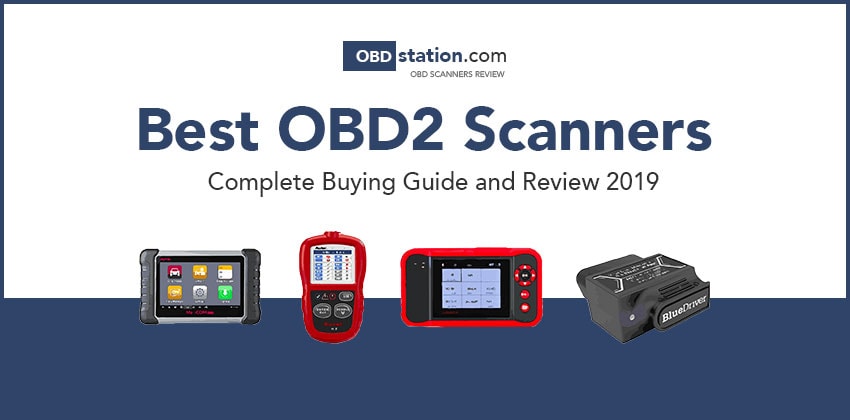The automotive scanner is an electronic tool that connects to the cars that come with OBD1 and OBD2 connectors to detect and diagnose any possible failure that may be causing the car to malfunction or to verify the performance of electronic components in car performance. and in order to make the decisions to correct or eliminate them in a fast and accurate way. Every professional mechanic must use the best obd2 scanner.
The start of the ODB1 system (On Board Diagnostic Generation One) was for the year of 1998 with the creation of the on-board diagnostic system to correct the emissions of engine gases, imposed by the United States government on the main car manufacturers. Then the ODB2 protocol was created, compatible with ISO 9141, SAE J1850 (VPW and PWM), CAN (ISO 15765-4) and KWP2000 (ISO 14230-4). From there it was necessary to use the automotive scanner to diagnose the vehicle.
What is an automotive scanner for?
The auto scanner is a tool that is being used with gasoline and diesel injection cars, it is an electronic device with an adapter that connects to the vehicle and this connector is known as OBD (On Board Diagnostics) It interacts with the computer system of the vehicle and provides the mechanic with very useful information on the operation of the engine, box, ABS systems, Air Bag and air conditioning, among others. In the beginning only the great workshops were those that could possess this mechanical instrument. Currently, these scanners are on the market and come in several models where it differs in size, shape, application and cost, as well as portability and speed of operation and data processing.
In other words, car scanners are indispensable for a mechanic!
How does an automotive scanner work?
The operation of the automotive scanner varies depending on the make and model that you acquired and we also have to take into account the year of the vehicle to use the OBD1 or ODB2 connector, both models give information of the error codes. The ODB1 Scanner is for vehicles before 1994 and that are electronically controlled fuel injection. The second generation called ODB2 Scanner (It is managed with the OBD2 standard which is very extensive and is associated with other standards such as SAE and ISO) are used for subsequent vehicles of the year 1996.
In the early days of the car scanner, it only showed or showed the error code diagnoses of the few electronic parts of the vehicle and they were used jealously and with privacy by the certified workshops of the different recognized automobile brands in the world. The handling of the scanner was not very complicated and should only have at hand the list of errors to be able to identify the error code.
What’s new in the ODB1 scanner and ODB2 scanner is that they come in Spanish and are designed to show from error codes to present the error position on the computer screen, the graphics where the fault is presented and what you should do to correct it. You can use obd2 apps to review car diagnostics turning your phone or tablet into the mechanic of your home.
How to use an automotive scanner?
It is of utmost interest to know how to connect the OBD1 scanner, usually the connection is in the same area as the motor and for the ODB2 scanner the connection is inside the vehicle and on the driver’s side at the bottom of the board and it comes Given by a single connector that contains 16 pins.
To connect it, the engine must be off and then turn the ignition key to the on position, but do not start the engine. Set the OBD2 scanner to work so that it shows the error codes. In some scanners, you will have to write the identification number of the vehicle and even the model. You may also have to determine the type of engine. This may vary depending on the model of the scanner.
Access the MENU at the moment the scanner completes its initialization. Select the option of CODES or ERROR CODES and in this way you will open the codes menu. It will appear some types of systems such as power train, engine, brakes, transmission, air bags, among others; this will depend on the scanner and the year of the vehicle. When choosing a system one, you will see two or many more types of codes. Frequently they are usually «pending codes» and «active codes».




